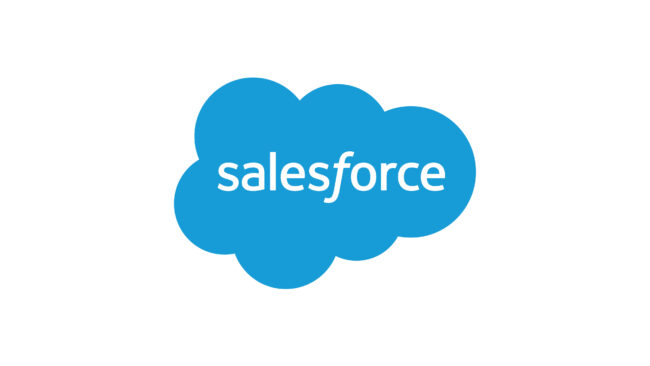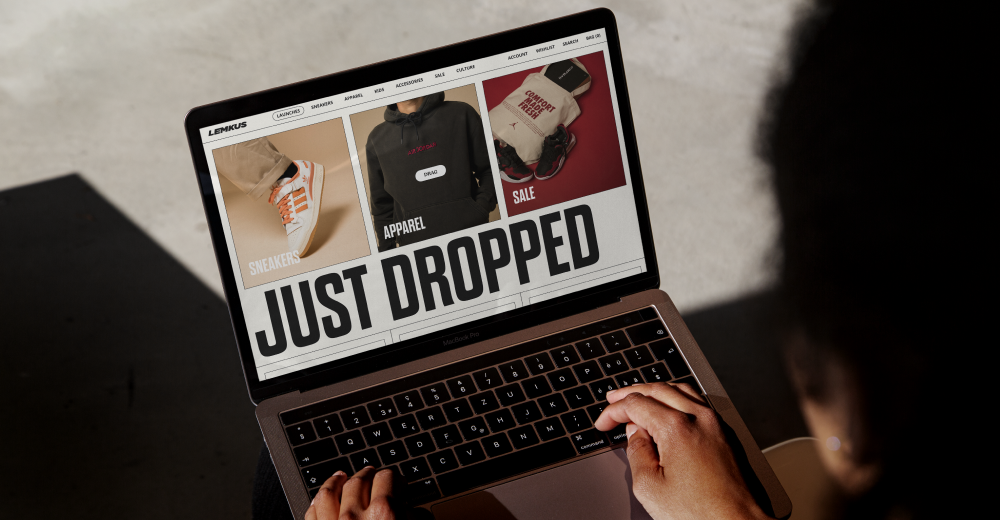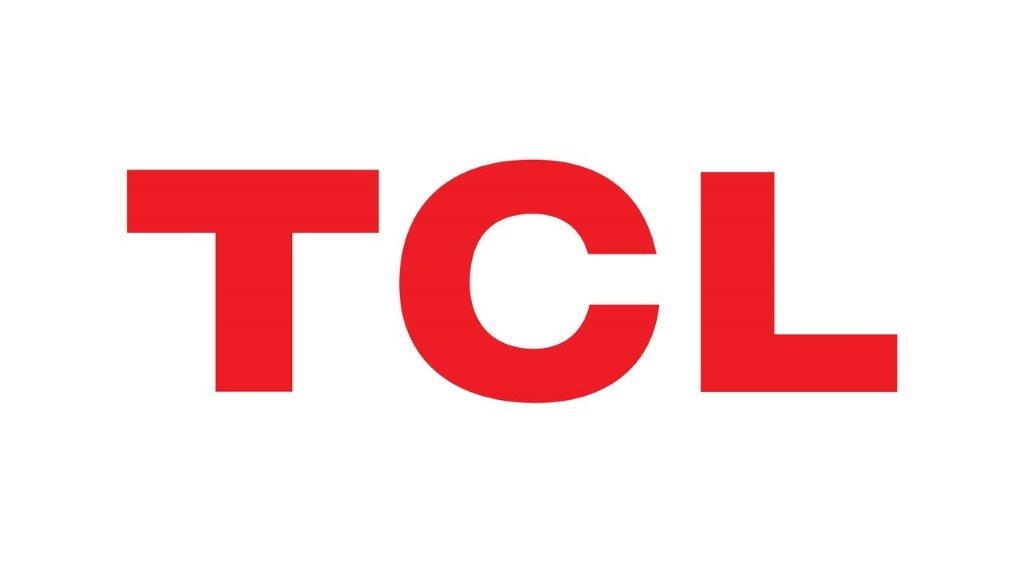Salesforce today announced Einstein Service Agent, Salesforce’s first fully autonomous AI agent. Einstein Service Agent makes conventional chatbots obsolete with its ability to understand and take action on a broad range of service issues without preprogrammed scenarios, helping make customer service far more efficient. Unlike traditional chatbots — which can only handle specific queries that […]
Continue readingMore TagCategory: Technology
Gen Z and Alpha are redefining how SA brands see gaming
By Glenn Gillis, CEO, Sea Monster Brands have a long history of using games. In fact, the first branded game – a simple beer-pouring arcade game designed to promote Anheuser-Busch in bars in the UK – dates back to 1983. UK brands quickly started hiring developers to build bespoke games for marketing purposes. In 1984, […]
Continue readingMore TagThe Three Apples That Changed Our World
By: Murray Legg, Co-Founder of Webfluential Three iconic apples have profoundly shaped human behaviour over the centuries. It began with Eve’s fateful bite, symbolising our innate temptation for social status. Then came Newton’s apple, revealing the gravitational forces that exist between objects and people. Finally, there was Steve Jobs’ Apple, putting a powerful handheld window […]
Continue readingMore TagHow businesses can leverage games to drive social change
By Glenn Gillis, CEO, Sea Monster Games are one of the biggest entertainment categories in the world today. Globally, video games are worth more than US$242 billion and are expected to be worth nearly US$584 billion by 2030. Over the last two decades, gaming has also become so much more accessible. Once restricted to arcades, […]
Continue readingMore TagEnhancing the E-commerce User Experience in Africa – The proof is in the profit
By Rogan Jansen Founding Partner and Creative Director, DashDigital Rogan Jansen, Founding Partner and Creative Director, DashDigital unpacks the critical nature of user experience in terms of e-commerce and how a well-thought-out and designed online store drives consumer affinity and business success. According to Rand Merchant Bank, the value of e-commerce transactions in South Africa […]
Continue readingMore TagYour favourite TCL products are now available at Matrix Warehouse
TCL South Africa’s rapidly expanding retail footprint has just added another retailer to its mix in the form of Matrix Warehouse which will be housing the latest TCL Google enabled TV products for ease of purchase. As a fiercely competitive retailer in the tech space, Matrix Warehouse is one of South Africa’s largest independent computer […]
Continue readingMore TagTCL South Africa’s Mini LED TV is on the way
TCL South Africa has been inundated with requests for the much-awaited Mini LED offering and the company has just announced that its C835 Mini LED 4K HDR Quantum Dot unit will be available locally around the beginning of July. This unit’s precision resolution, aided by smaller light sources, provides deeper blacks, brilliant brightness and overall […]
Continue readingMore TagEmployees are calling for better air quality
Not only are employees calling for better indoor quality, but a Pretoria High Court last month confirmed that South Africans have a constitutional right to an environment that isn’t harmful to their health and for clean air. Last week, many Highvelders woke to the strong smell of sulphur in the air which proves just how […]
Continue readingMore TagDTT (Digital Terrestrial Television) 101 – the long and the short of it
By Megan Walker, (Media Strategist) The MediaShop Despite how very long in the making this transition process has been, and with a lot of recent press around the switch to DTT, it is still common to find people confused by or lacking full understanding of what exactly DTT (Digital Terrestrial Television) is. DTT employs a […]
Continue readingMore TagGoogle TV now even more accessible to South Africans
South Africans love their TV’s and home entertainment systems. In fact, according to Nielsen the average citizen is watching 165 minutes a day on top of working from home, home schooling and other adulting duties and that’s discounting the amount of time spent on mobile devices. With close on three hours of viewing time each […]
Continue readingMore Tag






